The Old-New Synagogue
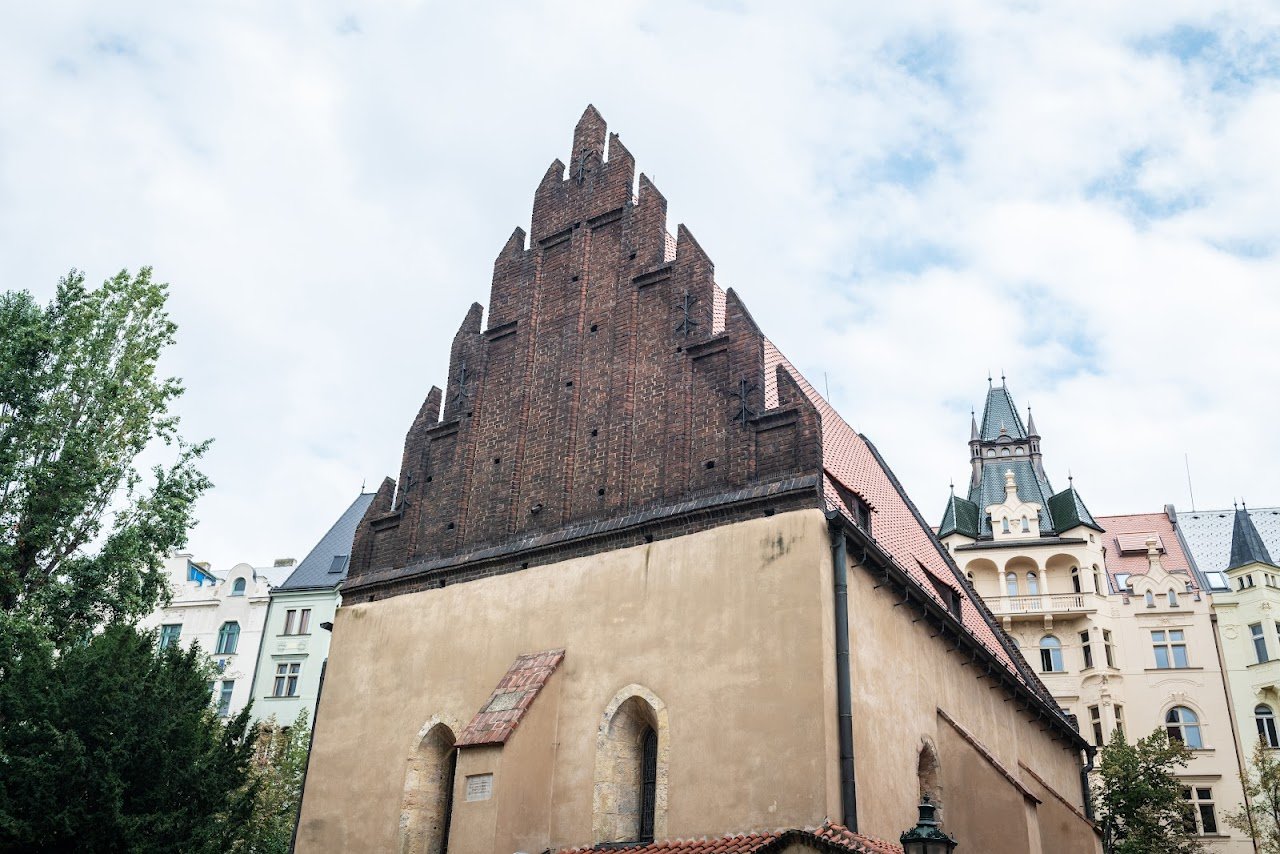
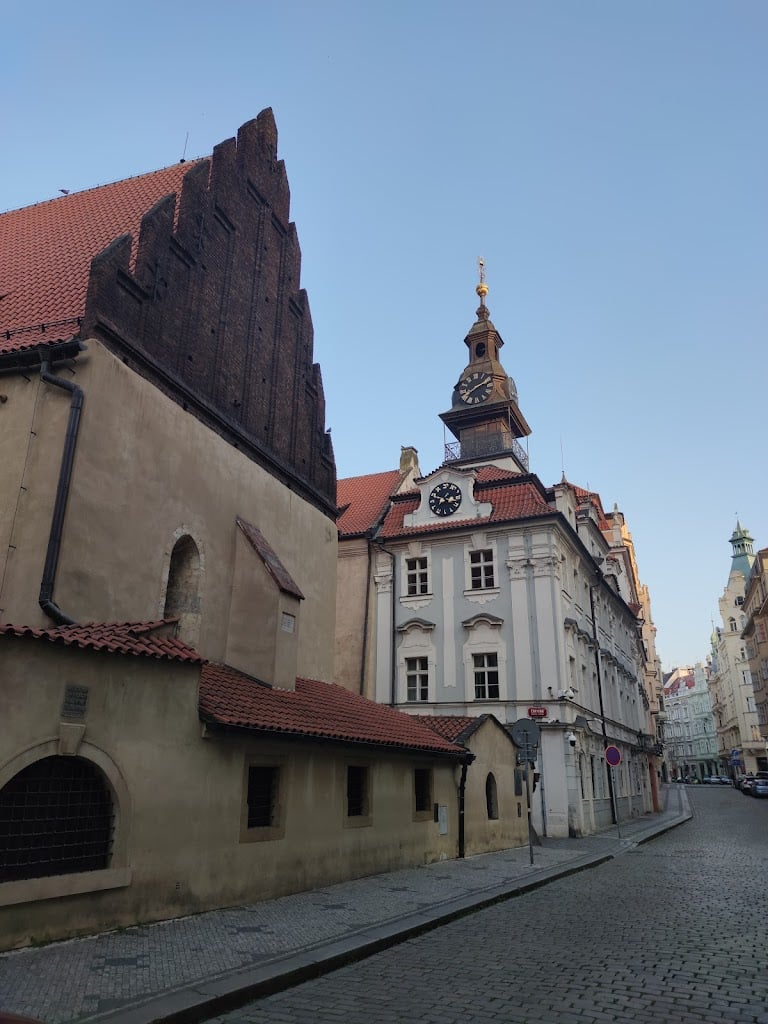
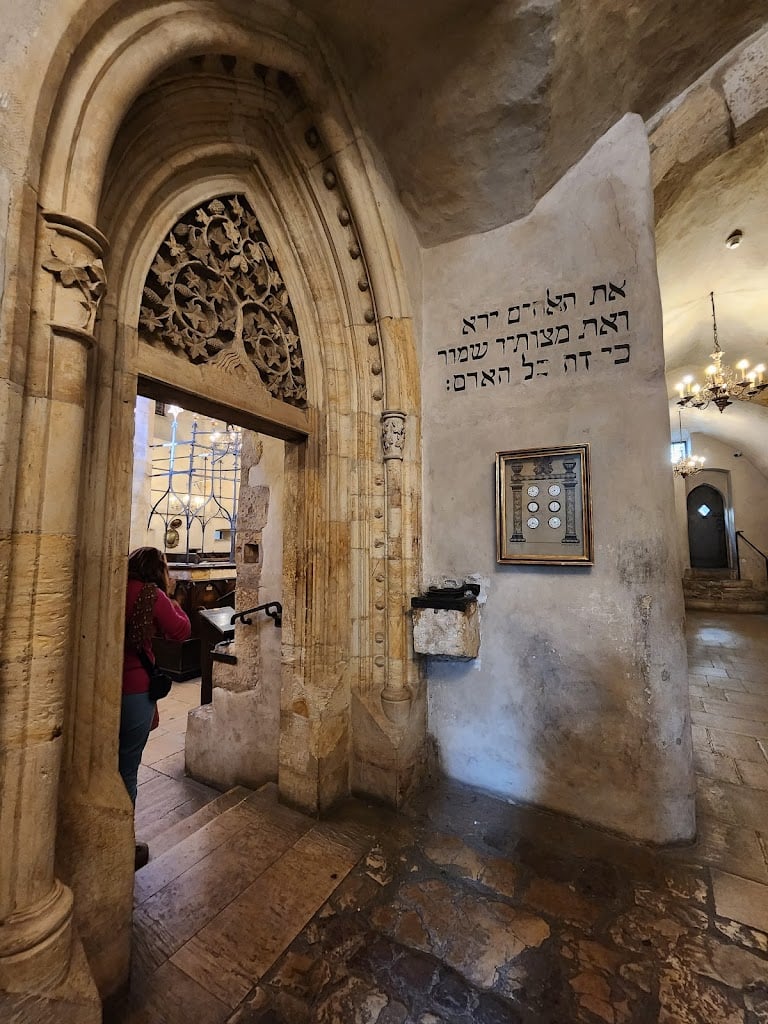
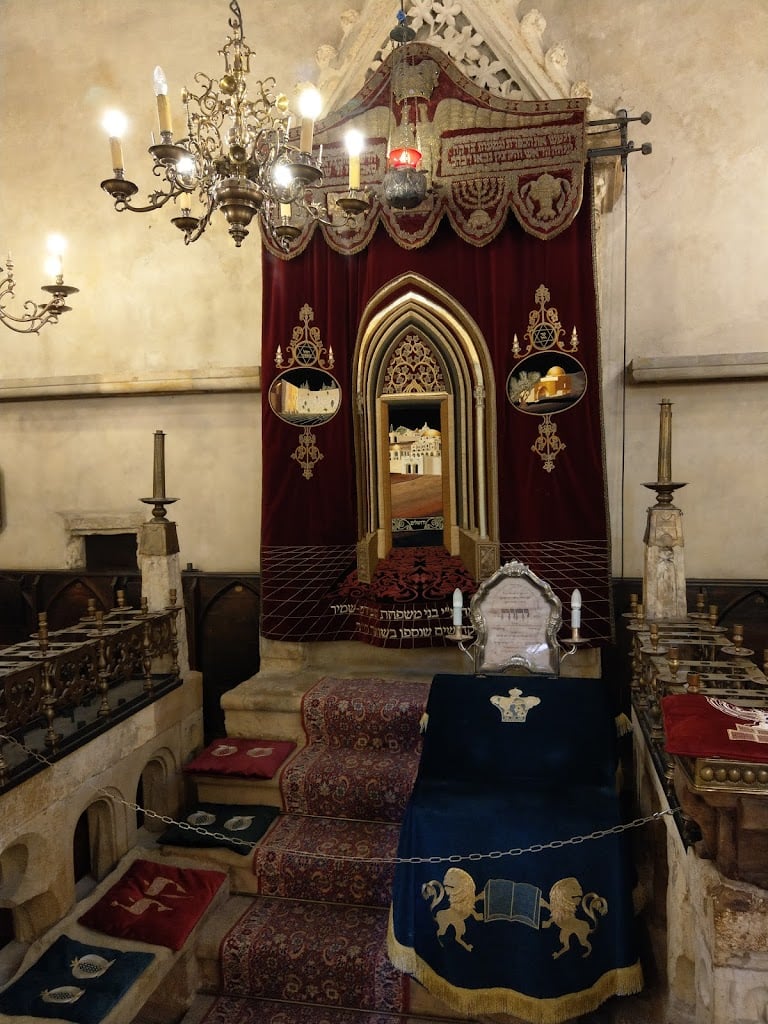
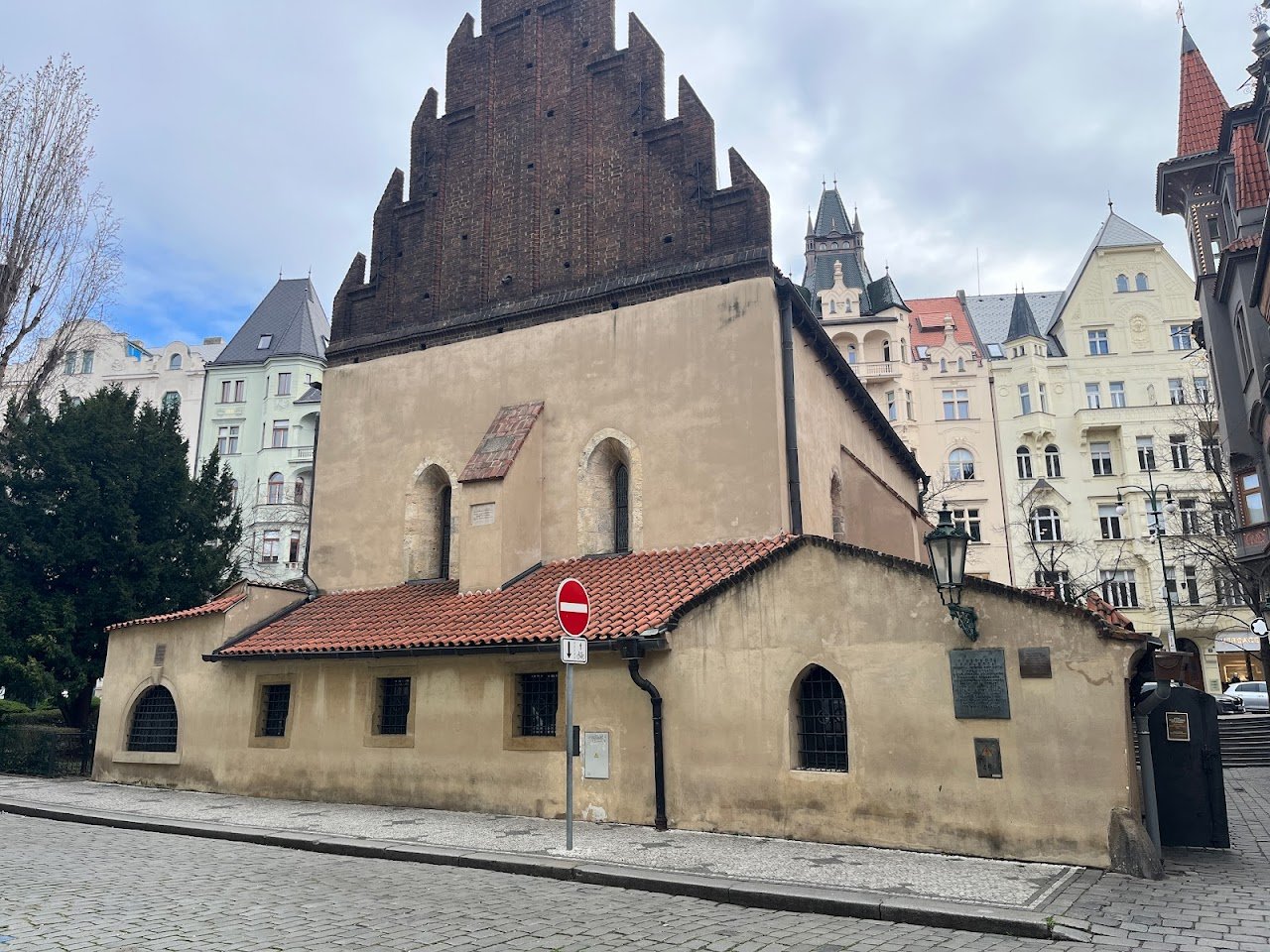
What people say
Pedro Pereira
Available for hire
"The *Old-New Synagogue* (Staronová synagoga) in Prague, originally called the New or Great Synagogue, is a significant landmark in Jewish history and architecture. Its name evolved over time, particularly as newer synagogues were built in the 16th century. Some believe the name derives from the Hebrew term *עַל תְּנַאי* (*al tnay*), meaning "on condition," which ties into a legend that angels brought stones from the Temple in Jerusalem to construct the synagogue, with the understanding that they would return when the Messiah comes and the Temple is rebuilt.
The synagogue features a distinct architectural design, characterized by a double-nave system that likely draws inspiration from monastery and chapel plans. Nine steps lead from the street to a vestibule, with the entrance adorned by a tympanum decorated with twelve vines and bunches of grapes, symbolizing the twelve tribes of Israel. Inside, two large pillars align east to west, supporting the interior corners of the vaulted bays. The six bays feature unique vaulting with five ribs, which some suggest was an attempt to avoid associations with the Christian cross.
The *bimah*, from which the Torah scrolls are read, is located between the two central pillars, decorated with the same vine motif found on the tympanum. The *Aron Kodesh*, where the Torah scrolls are stored, is positioned in the eastern wall and is accessible by five steps. The interior is enhanced by twelve lancet windows that illuminate the bimah, reinforcing comparisons to Solomon's Temple.
The synagogue follows Orthodox customs, with separate seating for men and women. Women sit in an outer room with small windows overlooking the main sanctuary. A striking feature of the nave is a large red flag, bearing a Star of David and a "Jewish hat," awarded to the Jewish community by Ferdinand III in recognition of their defense of Prague during the Thirty Years War.
Legend has it that the body of a *Golem*, created by Rabbi Judah Loew ben Bezalel, lies in the attic of the synagogue, which also serves as a genizah for the community. While stories circulate about a Nazi agent who perished while attempting to access the genizah, the attic has remained largely untouched and closed to the public. A renovation in 1883 and a recent exploration in 2014 found no trace of the mythical creature, adding to the air of mystery surrounding this historic site."
Read more in:
Sibley Slade
Available for hire
"The Old-New Synagogue, located in Prague's Jewish Quarter, is one of the oldest active synagogues in Europe, dating back to the 13th century. Its enduring presence and stunning Gothic architecture make it a must-visit landmark, offering visitors a glimpse into centuries of Jewish heritage and culture. Steeped in history and religious significance, this synagogue continues to serve as a spiritual center and a testament to Prague's rich and diverse past.
$9.40 / adult "
Wiktoria Górska-Kijanka
"Originally called the New or Great Synagogue, it became known as the Old-New Synagogue after newer synagogues were built in the 16th century. The name might also come from the Hebrew phrase על תװנַאי (al tnay), meaning "on condition," which sounds like the Yiddish "alt-nay" or "old-new." Legend says that angels brought stones from the Jerusalem Temple to build the synagogue, with the condition that they be returned when the Messiah comes and the Temple is rebuilt."
Read more in:
Mentioned in these guides
About The Old-New Synagogue
Get the inside scoop on The Old-New Synagogue from local experts, travel creators, and tastemakers. Browse genuine trip notes, The Old-New Synagogue reviews, photos, travel guides, and itineraries from real travelers and plan your trip with confidence.
Phone
Save this spot for later or start mapping out a new trip today
Try our AI Travel Assistant and get instant answers to any questions about your trip.
Ask ThatchGPT


